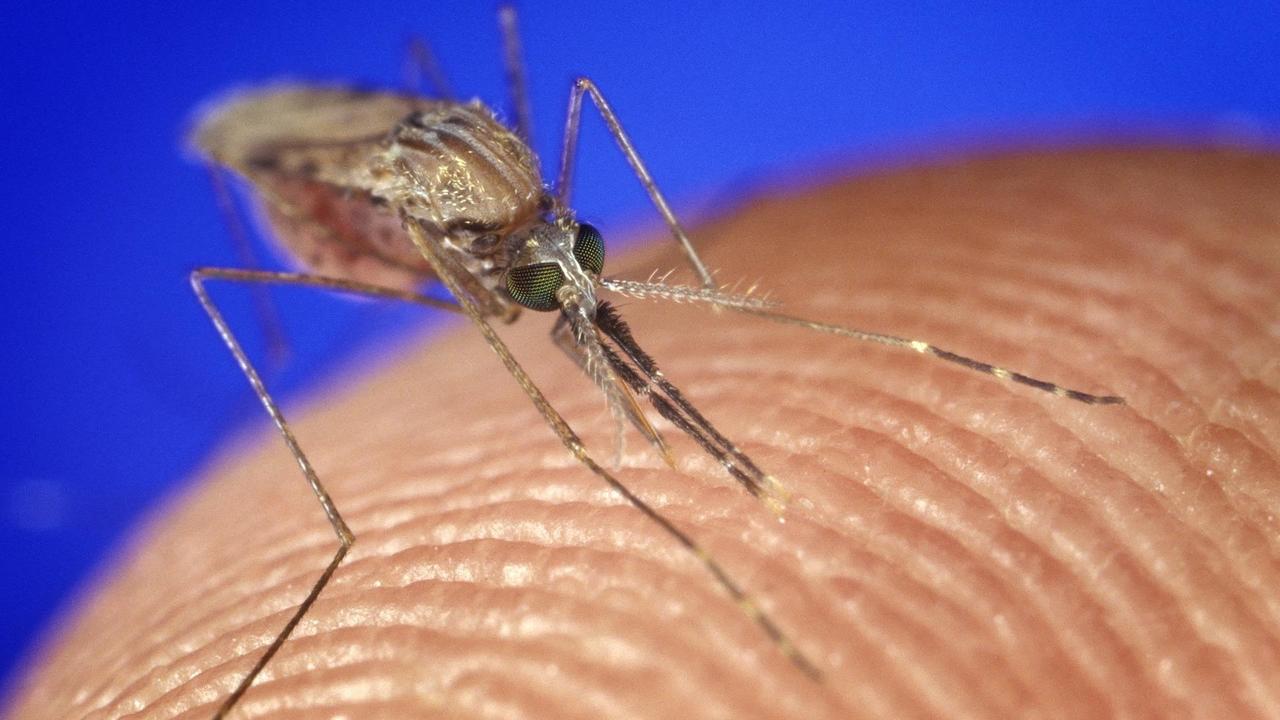The Oropouche virus, colloquially referred to as "Sloth Fever," has emerged as a significant public health concern, particularly in regions of Central and South America. Initially identified in the 1950s, this arbovirus is primarily transmitted by the bite of infected mosquitoes, notably those belonging to the genus Culicoides. Recent outbreaks have heightened awareness among health officials due to its association with severe febrile illness and a range of other debilitating symptoms. As such, there is an urgent need for comprehensive research and public health initiatives aimed at controlling its spread.
One of the most alarming aspects of the Oropouche virus is its potential for rapid transmission within densely populated areas. The virus exhibits a relatively short incubation period, which facilitates swift outbreaks in urban settings where vector populations thrive. Symptoms may include fever, headache, myalgia, and arthralgia; however, some patients may also experience neurological manifestations. The variability in clinical presentation complicates diagnosis and can lead to misclassification with other endemic diseases such as dengue fever or chikungunya.
In an update Tuesday, the CDC said at least three of the initial cases reported in the U.S. were hospitalized and that the agency is "currently developing a plan for rapid detection and response" to the virus.
Earlier this month, the Centers for Disease Control and Prevention issued a health advisory to notify clinicians and public health authorities of an increase in the virus.
"Between January 1 and August 1, 2024, more than 8,000 cases of Oropouche virus disease were reported, including two deaths and five cases of vertical transmission associated with fetal death or congenital abnormalities," the CDC alert stated, adding countries reporting cases include Brazil, Bolivia, Peru, Colombia and Cuba.
discovered in 1955. Since then, about 500,000 cases have been recorded. But knowledge of the disease is limited, with The Lancet medical journal even calling it a “mysterious threat” in a recent editorial.
About 60% of people who are infected develop symptoms, according to the CDC. These can appear similarly to those caused by dengue or Zika, including sudden onset of fever, chills, headache, muscle pain and joint stiffness. Other symptoms can include eye pain, light sensitivity, nausea, vomiting, diarrhea, fatigue and rash. In rare cases, the disease can infect the nervous system and cause meningitis and encephalitis.
Oropouche virus comes from a different viral family than Zika, but it raises many of the same concerns – and similar unknowns.
Given these factors, it is imperative that health authorities prioritize surveillance and vector control measures. Public education campaigns are essential to inform communities about preventive practices that can reduce mosquito breeding sites and protect individuals from bites. Moreover, ongoing research into vaccines and therapeutic interventions remains crucial for mitigating future outbreaks of Oropouche virus. As global climate change continues to alter ecosystems and expand mosquito habitats, vigilance against this emerging threat must be sustained.
Read more
Tracking DTE power outages in Metro Detroit: More than 300K in the dark The Paralympic Games are set to begin, featuring 4,400 athletes competing in ParisSarah H
Also on site :
- Gemini converts Google Docs to podcasts
- Jonathan Ross opens up about why he decided to quit alcohol
- Jason Isaacs says he was ‘involved’ in mystery off-screen White Lotus ‘drama’

